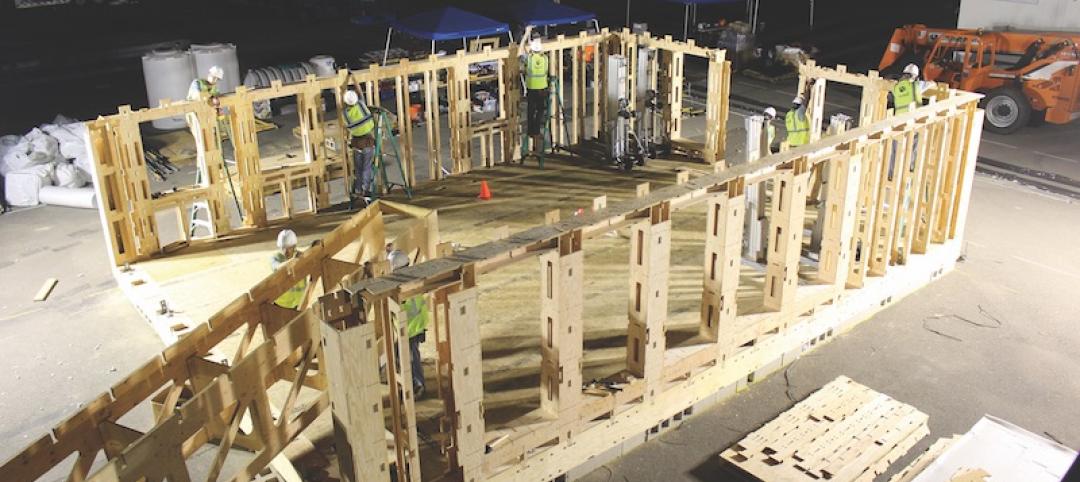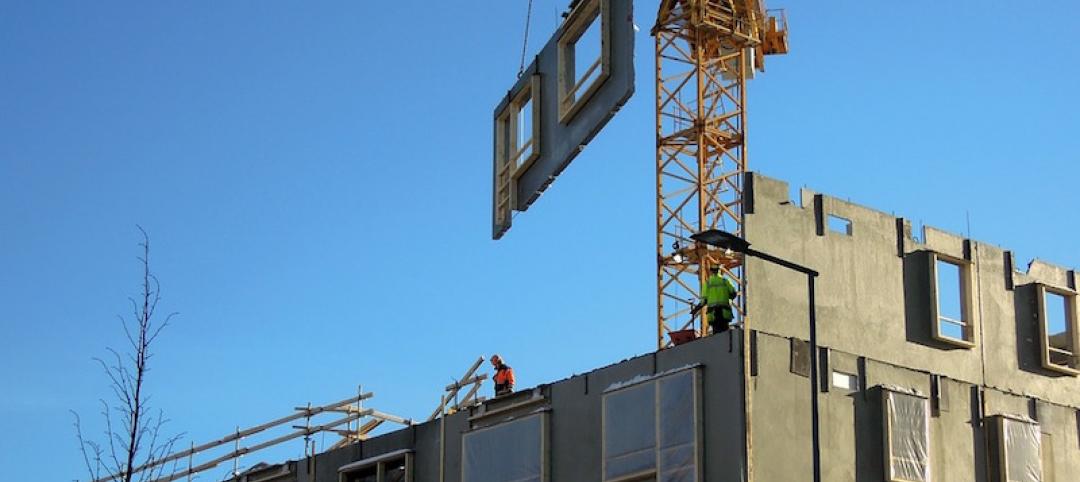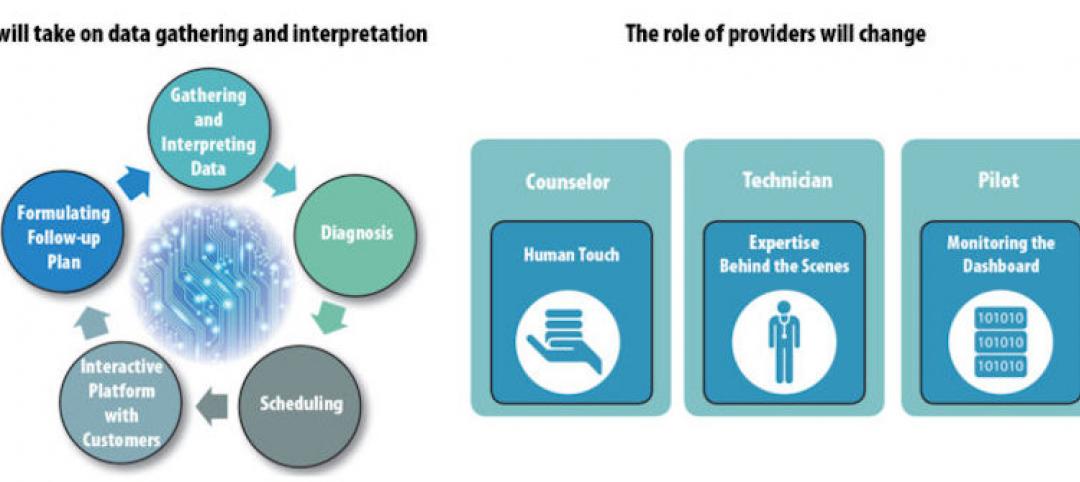 |
| Toronto now requires up to 50% green roof coverage on multi-unit residential dwellings over six stories, schools, nonprofit housing, and commercial and industrial buildings. |
The city of Toronto late last month passed a new green roof by-law that consists of a green roof construction standard and a mandatory requirement for green roofs on all classes of new buildings. The by-law requires up to 50% green roof coverage on multi-unit residential dwellings over six stories, schools, nonprofit housing, and commercial and industrial buildings. Larger residential projects require greater green roof coverage, ranging anywhere from 20–50% of the roof area.
"The City of Toronto's leadership on all things green took another major step by making it obligatory to have green roofs for all types of new buildings," said Deputy Mayor Joe Pantalone, the primary champion of the new by-law. "This by-law is a major part of the solution to climate change, the creation of green jobs, and it represents a whole new mindset on how our cities approach the 20% or so of surface area that are roofs."
Chicago has the greatest number of installed green roofs, according to the Green Roofs for Healthy Cities' Annual Green Roof Industry Survey released last month. The mandatory by-law in Toronto may change that, resulting in approximately 50 to 75 new projects annually, according to GRHC president Steven W. Peck.
Toronto already requires green roofs on city-owned properties, has established a financial incentive of up to $5 per square foot for existing buildings, and is currently building a publicly accessible green roof on its city hall.
For more on the green roof by-law, visit: www.toronto.ca/building.
| Source: Green Roofs for Healthy Cities' Fourth Annual Industry Survey | |
| Chicago | 534,507 |
| Washington, D.C. | 501,042 |
| New York | 358,986 |
| Vancouver | 320,000 |
| Philadelphia | 196,820 |
| Baltimore | 150,032 |
| Montreal | 75,700 |
| Grand Rapids, Mich. | 74,784 |
| Princeton, N.J. | 56,250 |
| Newtown Square, Pa. | 48,130 |
Related Stories
Great Solutions | May 5, 2017
No nails necessary: Framing system comes together with steel zip ties and screws
Clemson University’s School of Architecture develops a patent-pending construction method that is gaining attention for its potential use in rapid, low-tech sustainable housing.
Building Technology | May 5, 2017
Tips for designing and building with bathroom pods
Advancements in building technology and ongoing concerns about labor shortages make prefabrication options such as bathrooms pods primed for an awakening.
Building Technology | Apr 21, 2017
AIA selects 2016 Upjohn Research Initiative Projects
Grants awarded to initiatives that study various aspects of design within the built environment.
Building Technology | Mar 9, 2017
Prefabrication's predicament: It's much harder than it looks
Many of the nation’s largest contractors, including Gilbane, Mortensen, Skanska, and Turner, have been utilizing prefab techniques on select projects for a decade or more.
Great Solutions | Mar 8, 2017
Pop-out balcony is a breath of fresh air for stuffy hotel rooms and apartments
In less than one minute, Bloomframe transforms from an insulated picture window to an open balcony.
Building Materials | Feb 15, 2017
New metamaterial cools roofs without any energy consumption
The material is barely thicker than aluminum foil and can be economically manufactured for large-scale residential and commercial applications.
Building Technology | Feb 13, 2017
Denver’s ‘smart neighborhood’ will be packed with futuristic technology
The neighborhood will become a test lab for innovative technology.
Virtual Reality | Feb 1, 2017
Tour ancient buildings and cities as they were when new with Lithodomos VR
An Australian archeological startup is bringing the ancient world to a VR headset near you.
Building Technology | Jan 30, 2017
Machine learning could help buildings notify occupants about critical systems failures before they happen
Data from sensors built into HVAC units paired with a machine learning algorithm predicted 76 out of 124 real faults for an Italian hospital.
Building Technology | Jan 27, 2017
The driverless clinic: How buildings powered by AI can help promote wellness and enhance human connections
In the future, we envision that the smart technology in our phones will be embedded in the items we wear and the objects we use.















